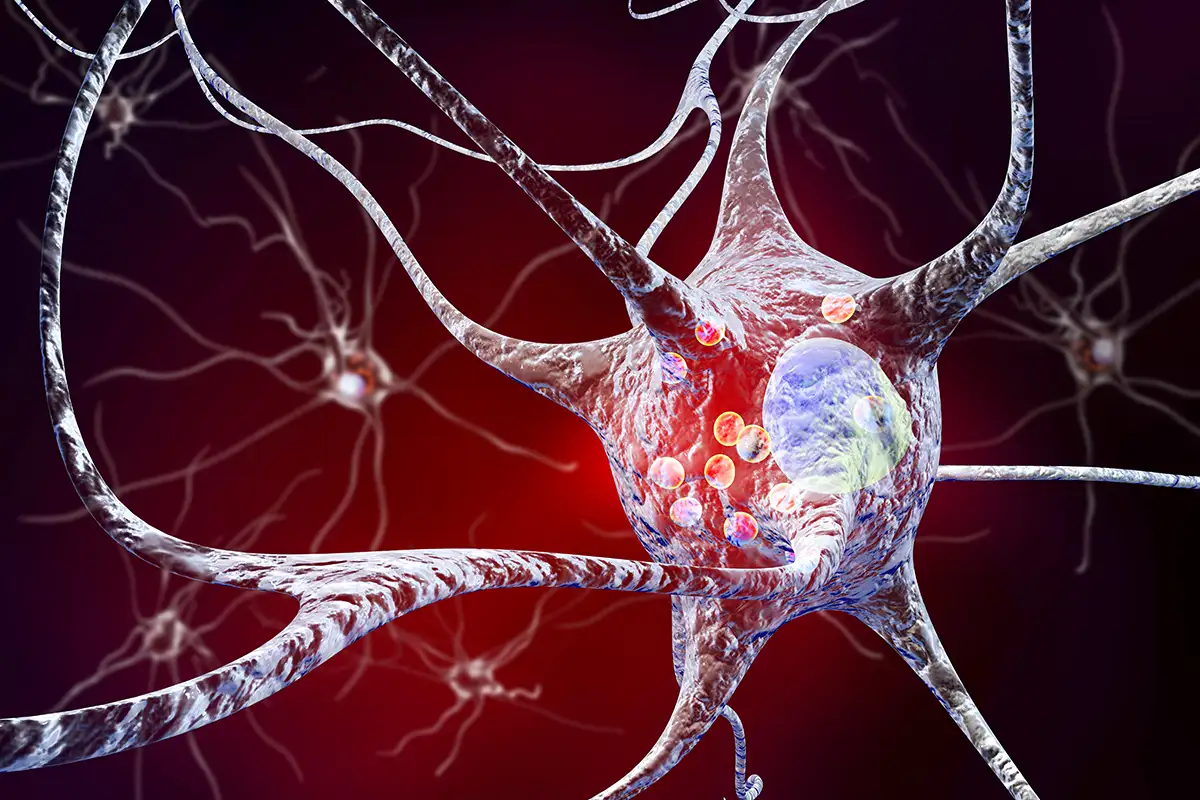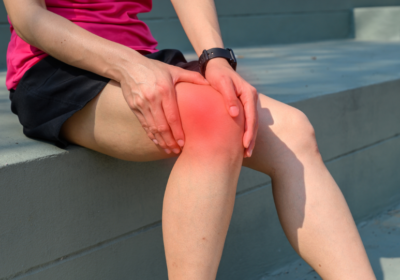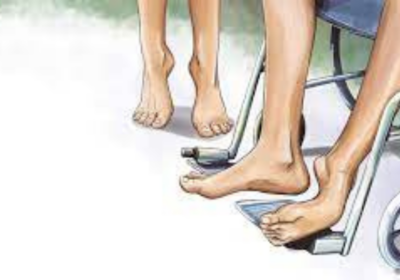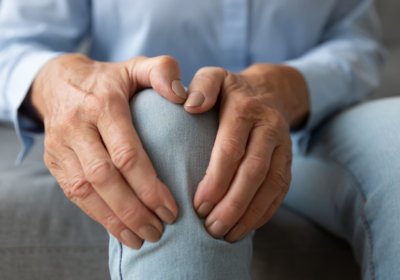Parkinson’s Disease – Is Ayurveda Effective?

Parkinson’s disease is a progressive disorder. It is one of the most common extrapyramidal wasting disorders affecting older adults. The disease has an insidious onset and slow progression, leading to severe morbidity in old age. A medical condition called ‘Vepathu’ in Ayurveda treatment may be associated with Parkinson’s disease.
Parkinson’s disease is a diverse and complex genetic disorder with little known etiology. It is the second most common neurodegenerative disease in the general population.
Progression and disability of this disease varies from person to person. Some people affected by Parkinson’s disease lead more productive lives, while others become disabled much sooner due to complications.
Classification of Parkinson’s Disease
Primary or Idiopathic : Idiopathic Parkinson’s disease has no known cause. This type usually responds well to medications that work by increasing levels of dopamine molecules in the brain.
Secondary or Acquired : Secondary Parkinsonism with a known cause. The most common cause is the use of drugs that reduce dopaminergic activity.
Hereditary : If you inherit the Parkinson’s disease-related gene from your parents.
Parkinson’s Plus Syndrome or Multiple System Degeneration : Parkinson’s Plus Syndrome is a progressive neurological disease. It is caused by overproduction of proteins in the brain. This causes degeneration (atrophy) of nerve cells in several areas (multiple systems) of the brain.
Signs and Symptoms of Parkinson’s Disease
- Tremor – Tremor in the fingers, hands, arms, feet, legs, jaw, or head.
- Stiffness – Stiffness of the limbs and trunk, muscle aches and pains, loss of fine hand movements.
- Bradykinesia – Slow initiation and completion of movements.
- Postural Instability – Impairment or loss of reflexes
- Parkinson’s Gait – Walk in a slouched position or do not swing your arms.
Associated symptoms such as drowsiness/dizziness, constipation, dysuria, muscle spasms, speech disturbances and difficulty swallowing are also observed.
Ayurvedic Treatment for Parkinson’s Disease
Maurya has created a comprehensive approach to treating Parkinson’s disease. Holistic treatment modalities can help reduce tremor and improve fine and gross motor skills overall.
Externally, Shirodhara and Shirovasti Ayurvedic remedies help to halt neurodegeneration and improve associated symptoms.
The most effective ways to slow down the progression of Parkinson’s disease are treatments with herbs, diet, yoga/meditation, and other natural remedies.
These have been shown to be very effective not only in reducing the symptoms of Parkinson’s disease, but also in preventing further progression of Parkinson’s disease. These personalized treatments can significantly improve your quality of life.
Parkinson’s disease is associated with a medical condition called Kampavata in Ayurveda. It is also called Vepathu because there are also involuntary movements generalized to all parts of the body. Since Vepatu is caused by weakening of Vata, the treatment given mainly focuses on restoring Vata to normal.
Treatment Plans
The treatment protocols for the two types of Vatavyadhi are quite different. Kampavata is difficult to treat because it is one of the conditions that includes both types of Vatavyyadi.
The treatment plan for a Kampavatha patient is determined by the physician’s knowledge of the current form of Vatavyyadi and the patient’s specific factors such as Prakriti, Vikriti, Lakshanath, Samprapti and Satmiya.
As the Maja Dhatu weakens and shrinks, the canals that make up this system become hollow and become Datu kshayajanya Vatavyyadi. Vata Dosha fills this void and brings Vatavyadhi. Each Datu kshayajanya Vatavyadi containing Kampavata can be treated in one of three ways. These methods can be used simultaneously or sequentially, depending on patient characteristics and disease.
Importance of Ayurveda for Kampavata (Parkinson’s Disease)
Parkinson’s disorder is a multifaceted disease with over 20 motor and nonmotor signs. The concept that dopamine and its analogs are the handiest healing alternatives is untrue.
Ayurvedic remedy for this disease is panchakarma chikitsa, cautiously deciding on herbs and drugs, a right diet, and a wholesome life-style.
The Ayurvedic technique to Parkinson’s Disease lies in its capacity to convert and re-assemble the diffused active body, that’s each the cornerstone of fitness and the supply of disorder. The above method is targeted on making superb life-style improvements, thought refinement through Yogic practices, and residing in concord with nature.
TREATMENT PLANS
PODI KIZHI
Podikizhi is a type of ayurvedic treatment in which hot bags filled with hot herbal mixture are used for fomentation. This treatment is very helpful in rheumatic complaints and arthritic complaints where swelling is present. It is a rookshana procedure where ama nirharana is done.
Benefits
- Reduce swelling
- Reduce pain
- Reduce muscular spasm
- Increases complexion
- Strengthens muscle
- Relieves stress
- Provides relaxation
- Lowers skin diseases
Mode of action
It increases the peripheral blood supply and lymphatic drainage, thereby detoxifying body and providing lusture
VALUKA SWEDA
Valuka sweda is a rookshana type of fomentation which is beneficial in pain and inflammation. It can be done as ekanga or as sarvanga sweda
Benefits
- Reduce swelling
- Reduce pain
- Reduce muscular spasm
- Beneficial in rheumatoid arthritis
- Good in neurological diseases
- Strengthens muscle
- Relieves stress
Mode of action
Application of heat by a heated pack of sand induces perspiration and increases cellular metabolism. Also helps in proper circulation and lymphatic drainage.
SHIRO VASTI
Shirovasti is a panchakarma procedure where lukewarm medicated oil is retained in the head for a particular period of time. This treatment is very beneficial in paralysis, insomnia, and some of the psychosomatic disorders.
Benefits
- Lubricates nostrils and throat
- Improves texture of hair and promotes growth
- Relieves anxiety & stress
- Beneficial in psychosomatic disorders
- Beneficial in disorders of the brain
Mode of action
The scalp constitutes five layers skin, connective tissues, aponeurosis, loose areolar layer and pericranium. The medicated oils used in shiro vasti will cross the phospholipids of the cell membrane and reach circulation. The anti inflammatory, anti depressant, neuro psycho pharmacological effect of the herbal oils used thus enter into the circulation via branches of external carotid and internal carotid arteries.
SARVANGA SWEDA
It is a swedana procedure where the whole body is made to perspire in a steam chamber. It induces profuse sweating which increases circulation, promotes detoxification and reduces the aches of the body.
Benefits
- It liquifies the morbid waste
- It relieves body aches
- It increases the blood circulation
- It detoxifies the body by elimination of waste through skin
- It reduces pain and inflammation pertaining to joints





Leave a Reply
You must be logged in to post a comment.